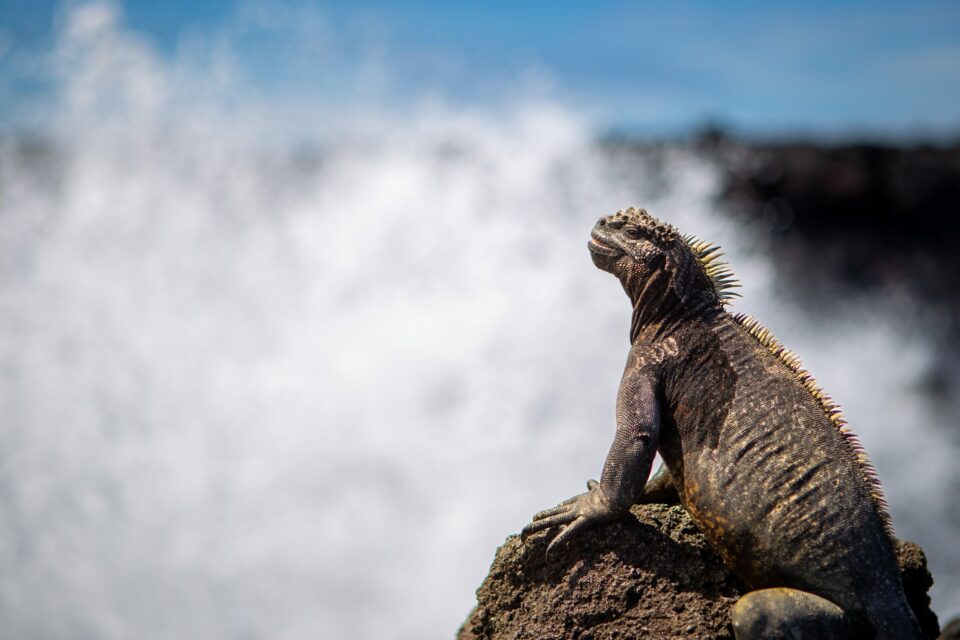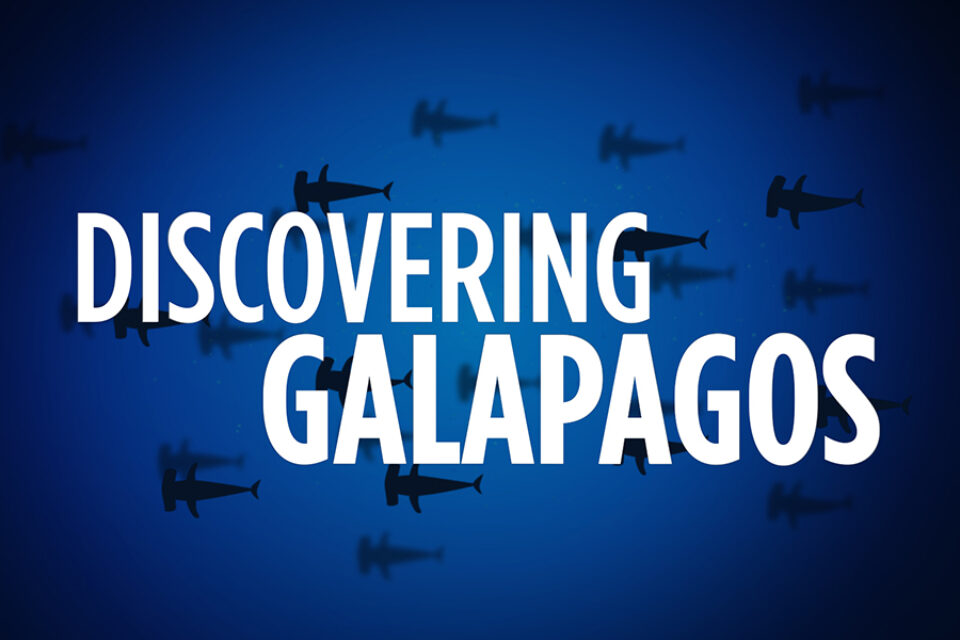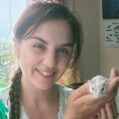
Conservation in the digital age – drones in Galapagos
Technological innovation is changing the way that conservation work is carried out, such as the pioneering use of drones in Galapagos.
Technology, like drones, is constantly helping to improve our understanding of nature. Over the years, it has allowed us to track migration with radio collars, find out how animals behave with camera traps and discover what they say when we aren’t around with microphones. As technological innovation continues, we can only imagine the incredible possibilities for wildlife conservation.
How the use of drones has evolved
One of the latest new technologies conservationists have harnessed is drones. Although they may be fairly new to some of us, they have been used for years by the military.

Drones have quite literally taken off as they have become more affordable and accessible to the public. Professionals and hobbyists use drones to analyse and explore the world from the skies.
Environmental researchers have been using drones from land to sea over several years – they can help to reduce wildlife-worker casualties from potentially dangerous animals and reduce animal disturbances from the researchers themselves while maintaining high quality, accurate data in a cheap, fast method. This has made drones a valuable tool for understanding how our environment changes, allowing us to get closer than ever before to nature. In conservation today, drones are being used for wildlife tracking, landscape monitoring, preventing poaching, tree planting, tracking climate change and even taking snot samples from whales.
Drones in land-based conservation
One of the first examples of drone testing that combines many of these comes from a study in South East Asia where drones were created to search for orangutan nests in the thick rainforest canopy. They found that drone surveys matched ground surveys for orangutan nests and could therefore help their protection. Since effective conservation of this species relies on timely data on their distribution, density and land cover change, the drone images have been a huge help to conservation scientists. The drone images also showed deforestation in the area from oil palm plantations, and, when combined with thermal technology, helped them search for poachers and their fires at night.

Orangutan nests in Nepal © The Conservation Drone Project
Drones at sea
A later study used drones around Greece to detect male and female loggerhead turtles, in their breeding area. They used a combination of physical characteristics and behaviour differences to document the seasonal changes in offspring and breeding sex ratios. They found that there were, in fact, three times more females at breeding sites than males, which could be because females breed twice a year and males only once. Still, it’s important to keep track of how population ratios change, particularly as climate change could increase the number of females in the population.

Despite these successes, there are still limitations to consider when using drones in conservation, such as overall cost, durability, flight restrictions and the lack of guidance around usage for research. However, reliable drones are becoming more affordable. Additionally, flight restrictions are relevant in most countries as government guidelines often state that they need to be operated close to the pilot on the ground. Finally, due to the large variety of drones being used across the globe, as well as the diversity of sensors, applications and many other elements, there is a need for more guidance around how to use drones for wildlife research in a more repeatable way.
Drones in Galapagos
Today, drones are being used in Galapagos to search for marine iguanas in the Iguanas from Above project. To protect the species, researchers need to develop a clearer understanding of the populations across the Islands. Marine iguana populations are difficult to reach, as some islands are not easily accessible by boat, so drones can act as a safer way to access populations remotely. From the images taken, volunteers can count individual iguanas from a website called Zooniverse which can speed up the data analysis process. In the future, this information could be used to help develop machine learning abilities to automatically detect and identify the iguanas.

What could the future hold for drones?
Some have suggested combining technologies to further improve monitoring of animals. For example, drones have already been equipped with microphones to capture bird and bat calls. Other plans include using drones to download information from camera traps via Wifi, as well as being synced up to radio collars to track animals remotely. Whatever the future of drone technology, I am excited to see them being used more in wildlife conservation.
Related articles

Iguanas from Above: Citizen science in action

Project Update: Iguanas From Above


